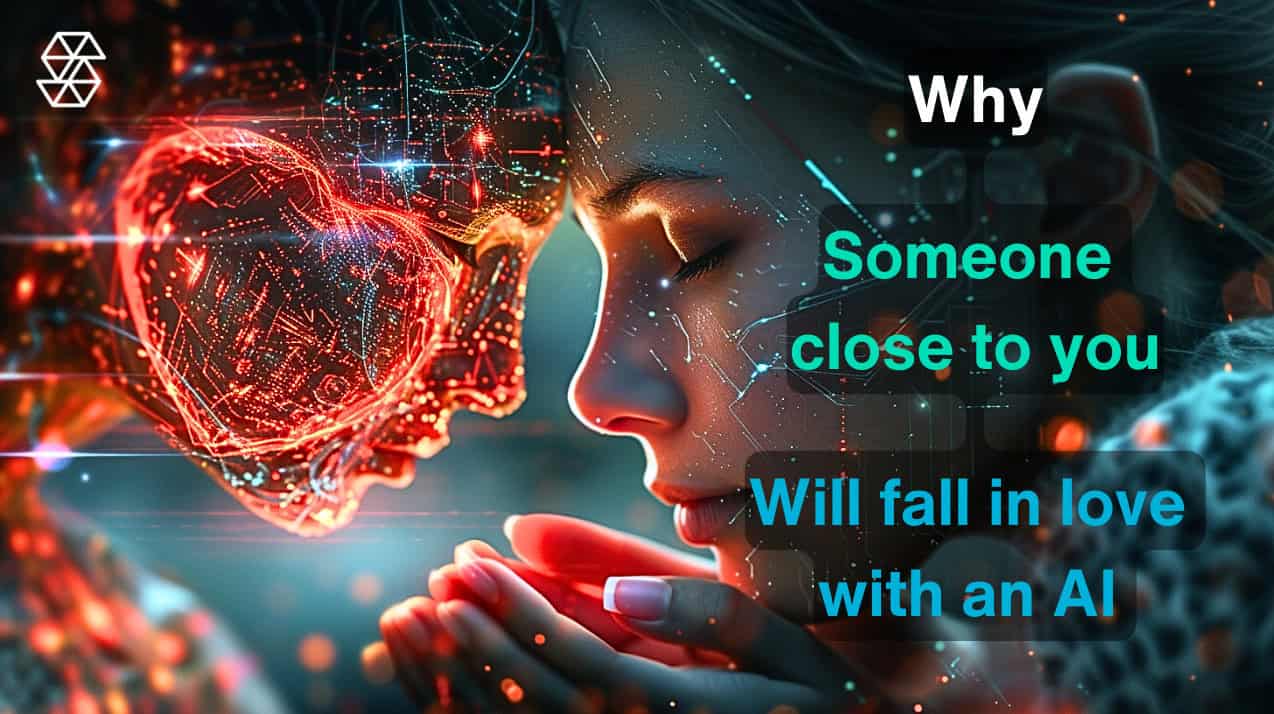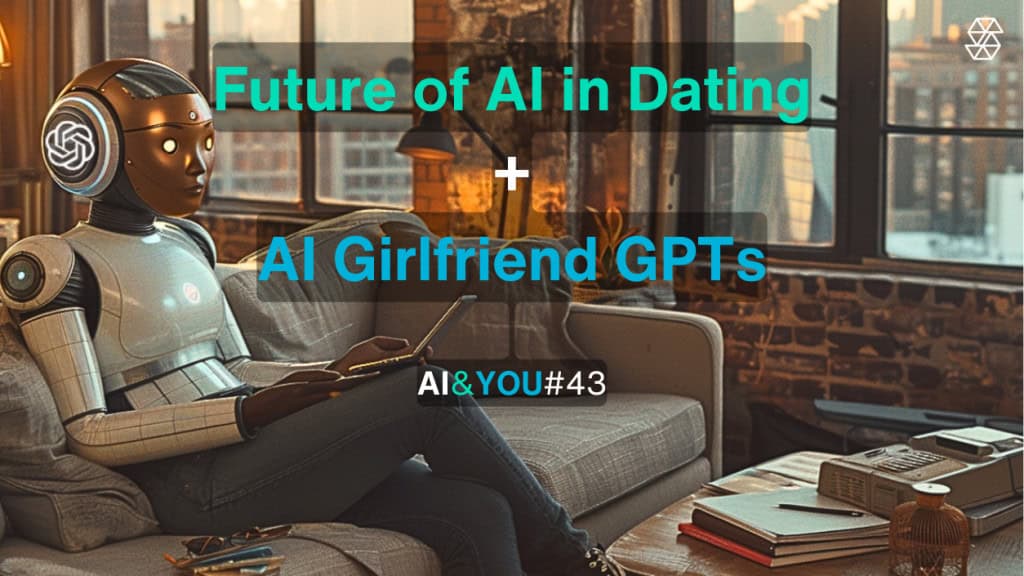How AI Impacts the Future of Education
In the past few decades, the educational technology landscape has experienced radical transformations. Particularly prominent is the rising influence of artificial intelligence (AI). AI is not merely an add-on tool but a powerful catalyst shifting the paradigm of education from memorization to problem-solving and strategic thinking.
- The Traditional Education Model and Its Limitations
- The Rise of AI in Education
- ChatGPT: Revolutionizing the Classroom
- The Benefits of Problem-Solving and Strategic Thinking
- Preparing for the Future: How Schools Can Adapt
- Case Studies of Transforming Education
- A Promising Future of Educational Technology
- FAQ
- How does AI foster problem-solving and strategic thinking in students?
- What role does ChatGPT play in the classroom?
- How does AI contribute to personalized learning experiences?
- How can AI help teachers manage administrative tasks more efficiently?
- How can AI help in providing universal access to education?
The Traditional Education Model and Its Limitations
Historically, the traditional education model has primarily centered on rote learning and memorization. This model of education served its purpose in an era where access to information was limited and the diffusion of knowledge was slower. However, with the advent of the internet and a plethora of new AI technologies, this model reveals significant limitations.
The traditional teaching methods tend to foster passive learning, limiting the potential for students to develop critical skills like problem-solving and strategic thinking. Moreover, the focus on memorization often leads to a lack of understanding and application of knowledge. This is where educational technology, particularly AI, is playing a transformative role.
The Rise of AI in Education
Artificial intelligence has been gradually gaining momentum in the field of education. Its impact is visible in various areas, ranging from personalized learning and predictive analytics to intelligent tutoring and administrative tasks automation.
One sterling example is the implementation of ChatGPT in education. As a language model developed by OpenAI, it demonstrates the potential of AI to engage students in a more interactive, tailored learning experience. Its generative AI capabilities allow it to provide responses or content based on a broad range of inputs, catering to the unique learning needs and styles of individual students.
AI is more than just an educational technology—it’s a change agent. The integration of AI into classrooms is not only changing the way many teachers deliver instruction but also how students engage with and process new information.

AI is transforming teaching and learning in profound ways. It’s steering education away from memorization and towards a more comprehensive, skill-focused approach. This change in focus, from ‘what we know’ to ‘how we apply what we know’, fosters critical skills like problem-solving and strategic thinking. AI tools are acting as enablers, providing students with resources to practice these skills in a controlled, supportive environment.
ChatGPT: Revolutionizing the Classroom
The advancements in AI and educational technology have led to the development of generative AI models such as ChatGPT, which have significant potential to revolutionize the classroom. When we speak of ChatGPT and education, we are talking about a transformative tool capable of enhancing both teaching and learning experiences.
ChatGPT can serve as an interactive tool to aid in the comprehension of complex subjects by providing explanations and insights in an engaging and conversational manner. The versatility of ChatGPT allows it to cover a vast range of subjects, making it a useful educational technology across various disciplines.
The tool can also be utilized to create dynamic lesson plans and learning materials tailored to individual student needs. Through adaptive learning technology, it offers personalized guidance and feedback, fostering an environment of problem-solving and strategic thinking.

Furthermore, ChatGPT can automate administrative tasks such as grading, scheduling, and record keeping, freeing up valuable time for educators to focus on teaching and mentoring. By reducing the burden of these routine tasks, educators can invest more time in developing innovative teaching methods and strategies.
To top it off, the technology’s continual evolution means that its capabilities and benefits will only grow, opening new and exciting avenues in education. Integrating ChatGPT into classrooms is not just about keeping up with technology trends; it’s about providing students with a richer, more tailored learning experience that prepares them for the future.
The Benefits of Problem-Solving and Strategic Thinking
As we prepare students for a future characterized by constant change and ambiguity, the importance of problem-solving and strategic thinking cannot be overstated. These skills are becoming increasingly essential, far beyond the scope of traditional education.
Problem-solving empowers students to tackle complex issues, break them down into manageable parts, and devise effective solutions. Strategic thinking, on the other hand, enhances their ability to foresee, plan, and navigate the intricacies of the modern world.
The application of AI in education paves the way for these crucial skills to be honed and developed. It fosters a more interactive and engaging learning environment, one that encourages students to question, analyze, and innovate rather than simply remember.
Preparing for the Future: How Schools Can Adapt
Schools need to be proactive to ensure that students are prepared for the future. As AI continues to change education and transform teaching, schools must adapt by integrating these new technologies into their curriculum and pedagogical strategies.
However, implementing AI in the classroom can pose challenges. These can range from infrastructural issues and budget constraints to resistance from teachers who may be unfamiliar or uncomfortable with the technology. To overcome these barriers, it’s important to provide adequate training and support for educators, ensure equitable access to technology for every student in every classroom, and incorporate a student-centric approach that aligns AI tools with learning goals.
Case Studies of Transforming Education
The transformation of education through artificial intelligence isn’t just theoretical; real-life examples and statistics demonstrate AI’s profound impact on teaching and learning. Let’s explore some case studies that highlight the powerful role AI plays in improving educational outcomes.

- Predicting Student Challenges: A Stanford researcher developed an AI program for self-paced digital learning, trained on performance data from 1,170 Ugandan school children learning English. This AI could predict when a student was likely to get stuck, thereby making 80% accurate recommendations for assistance similar to expert human advice.
Enhancing Guidance with AI Chatbots: The University of Murcia in Spain implemented an AI-powered chatbot to assist students with inquiries. With 91% accuracy, it answered over 38,708 questions correctly. This not only facilitated after-hours assistance but also increased student motivation.
Boosting Test Scores Through Adaptive Learning: An adaptive learning program powered by AI was found to increase test scores by 62%, according to a study by Knewton. The program provided personalized feedback and instruction, aligning with students’ individual needs and abilities.
Reducing Anxiety and Improving Grades: An intelligent tutoring system proposed by Pai et al. (2020) improved students’ mathematics learning performance and increased their learning motivation. It boosted students’ grades by 30% while reducing their anxiety by 20%.
AI-Powered Learning Management Tools: It is projected that nearly 47% of learning management tools will incorporate AI by 2024. This will enable teachers to personalize education for each student, supplementing core curriculum with diverse materials.
A Promising Future of Educational Technology
The future of AI in education looks promising for both educators and learners, with its potential to shift the focus from memorization to fostering problem-solving and strategic thinking skills. As AI and generative AI models like ChatGPT become more integrated into education, it paves the way for a more dynamic and student-centered learning environment.
Adopting AI in educational technology is not about replacing teachers but enhancing their ability to meet diverse learning needs. With the right training and support, many teachers can harness AI to improve teaching methods and strategies, transform the educational experience, and ultimately prepare students for a future where these skills will be invaluable.
However, as with any new technology, it’s essential for schools and educators to approach AI integration thoughtfully and strategically, always with the best interests of students in mind. With careful planning and execution, AI has the potential to not just transform education, but to revolutionize it, preparing our learners not just to face the future, but to shape it.
As AI continues to evolve and improve, so too will its impact on education. This is an exciting time for education and a critical opportunity for educators to shape how this technology will impact the future of learning.
We hope this article serves as a useful guide for those interested in how AI is transforming education. With these insights, we can all work towards creating an educational environment that truly prepares our students for the future.






